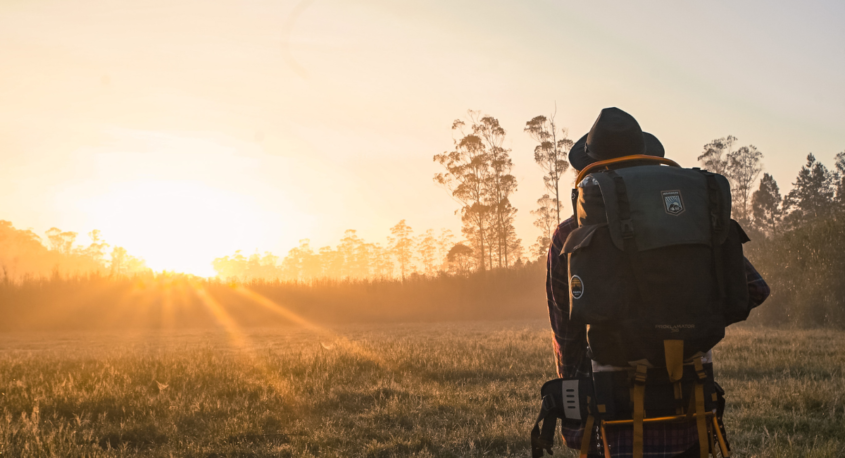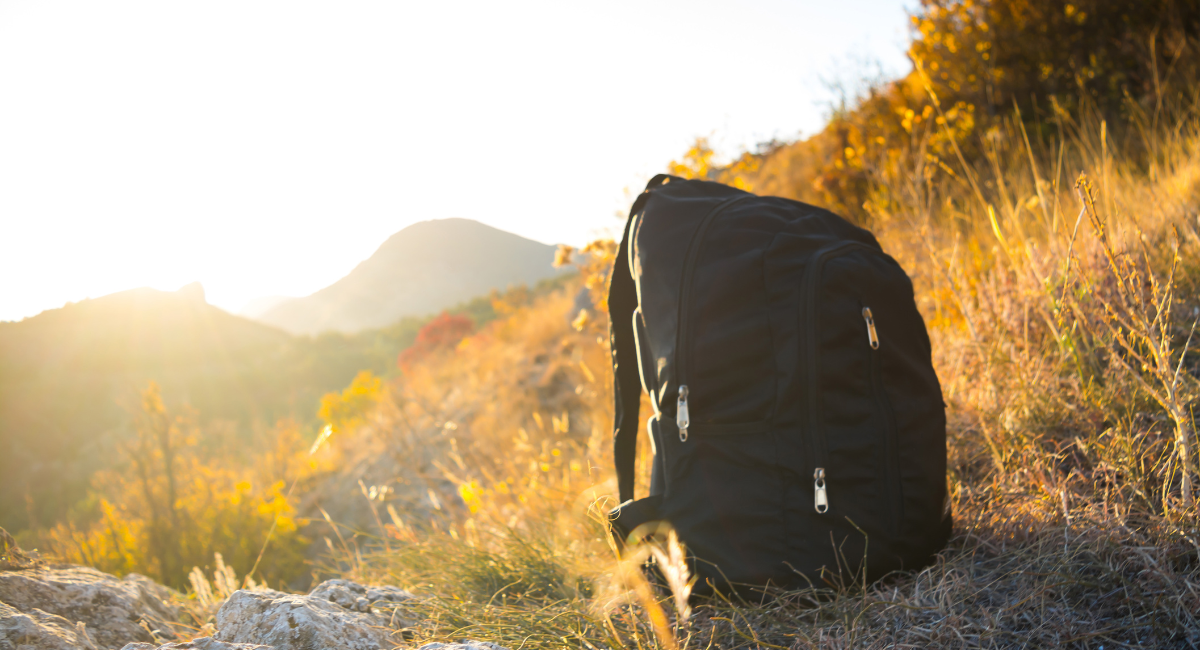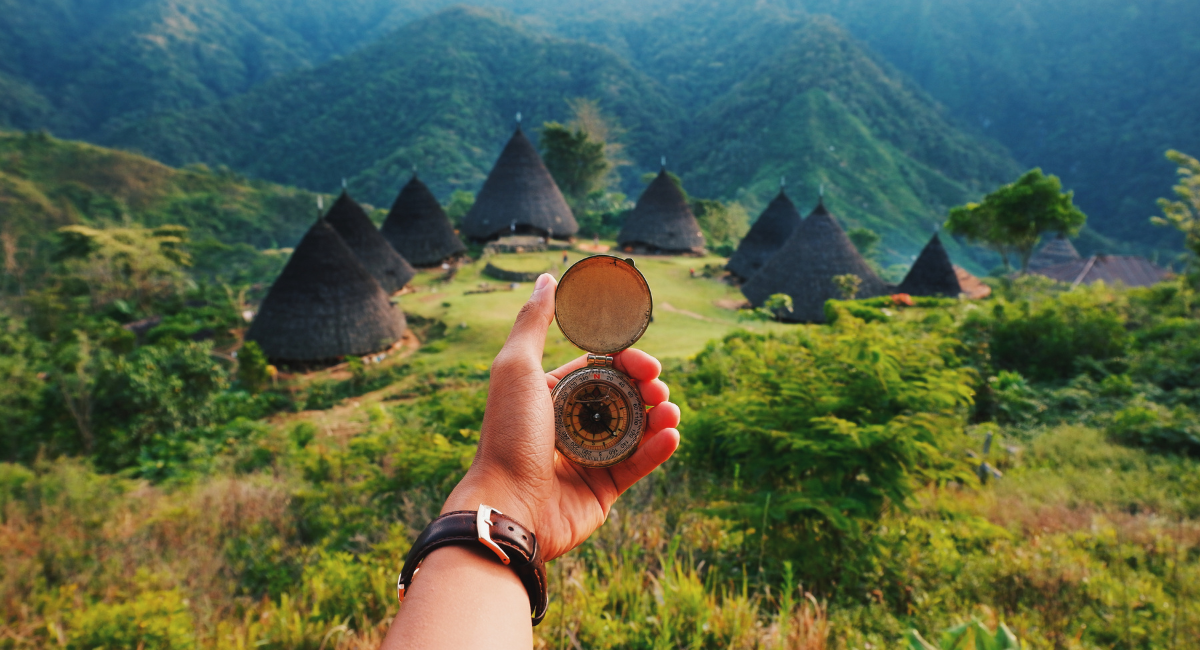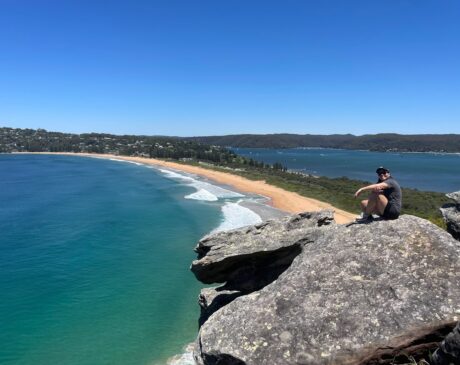Mastering Solitude: Essential Solo Wilderness Survival Tips for the Intrepid Adventurer

Solo camping, especially backpacking in the heart of nature, may seem like a daunting venture at first; in our article “Mastering Solitude: Essential Solo Wilderness Survival Tips for the Intrepid Adventurer”, we will explore all the tips for those who want to embark on this adventurous and wild lifestyle.
If you’re ready to embrace the serenity of nature without the complexities of group dynamics, here are some invaluable tips to help you master solo backpacking!

Acquire Essential Skills Through Group Camping
Before embarking on a solo backpacking journey, it’s crucial to acquire fundamental camping skills.
While the solitude of solo camping is enticing, mastering basic skills in a group setting provides a safety net and a valuable learning experience.
These skills include setting up a tent and rainfly, starting a campfire, finding or purifying water, handling wildlife encounters, basic first aid and understanding wilderness survival skills.
Consider participating in group camping trips to hone these skills before venturing out alone. Specialized classes in wilderness survival skills, particularly for challenging conditions like winter camping, can be immensely beneficial.
Embrace the Silence and Sounds of Nature
Solo camping allows you to immerse yourself in the tranquility of nature, but the silence can be unnerving at first.
Embrace the quiet and learn to appreciate the subtle sounds of nature. Instead of letting your imagination wander with fear, engage in physical activities during the day to tire yourself out.
A day filled with hiking or other outdoor activities will ensure a peaceful night’s sleep.
Pack Light and Practical
Solo camping means you’re solely responsible for carrying your equipment. Opt for lightweight and practical gear to ensure a comfortable and efficient backpacking experience.
Invest in a one-person backpacking tent, bivy sack, or explore the option of hammock camping. Choose no-cook camping meals and adhere to” Leave No Trace principles” by packing out everything you bring.
In cold weather, ensure you have adequate insulation, such as an underquilt for hammock camping. Streamline your gear to the essentials, considering the weight and space constraints of solo backpacking.
Learn Navigation Skills
Navigation skills are the backbone of any successful solo wilderness adventure. Being able to traverse the terrain with ease, understanding maps and effectively using a compass can make the difference between a memorable journey and a potential survival situation.
Master the Use of a Compass
A compass is a fundamental tool for any wilderness explorer. Learning to use a compass proficiently involves more than just pointing it in the right direction.
Consider the following solo wilderness survival tips:
- Orientation: familiarize yourself with the cardinal points (North, South, East, West) and understand how they align with your map. Ensure your map is oriented to the same direction as your compass.
- Taking Bearings: practice taking accurate bearings by aligning the compass needle with the north on the bezel. This skill is crucial for maintaining your chosen direction.
- Triangulation: learn triangulation techniques to pinpoint your location on a map by taking bearings to identifiable landmarks.

Effectively Use a Topographic Map
A topographic map is a detailed representation of the terrain, featuring contour lines that depict elevation changes, landmarks and natural features.
Here’s how to make the most of it:
- Map Reading: familiarize yourself with the symbols and legends on the map. Understand how contour lines represent elevation changes and use them to visualize the landscape.
- Route Planning: plan your route before embarking on your journey. Identify key landmarks, potential water sources, and campsites. Consider the elevation gain and loss for a comprehensive understanding of the terrain.
- Scale and Distance: pay attention to the scale of the map to gauge distances accurately. Use the map’s scale to estimate the time it might take to cover various segments of your route.
Planning Routes and Alternative Paths
While spontaneity adds a sense of adventure, having a well-thought-out plan enhances safety and efficiency.
Before setting out, conduct thorough research on the area you’ll be exploring. Understand the terrain, potential hazards and the general difficulty level of the route.
Mark key waypoints on your map, such as checkpoints or notable landmarks; this helps you stay on course and maintain a sense of progress.
Anticipate obstacles or changes in weather conditions that might necessitate a change of plan. Identify alternative paths and escape routes to adapt to unforeseen circumstances.
By mastering navigation skills, you empower yourself to confidently navigate the wilderness, ensuring a safer and more enjoyable solo adventure.
Regular practice in various terrains and conditions will enhance your proficiency, allowing you to embrace the freedom of solo exploration with a heightened sense of preparedness.
Occupy Yourself with Solo Activities
Unlike group camping, solo backpacking leaves you with ample quiet time. Bring along activities to keep yourself engaged during the downtime.
Consider packing a paperback book, a sketchpad for nature-inspired drawings, or a small whittling knife for a creative outlet.
These activities not only occupy your mind but also enhance your connection with the natural surroundings.
Plan for Emergencies
Solo camping necessitates thorough planning for emergencies since you won’t have companions to rely on.
Share your detailed itinerary with a trusted person, including your planned return date. Pack a well-equipped first aid kit and carry an emergency device, such as a cell phone, for communication.
Invest in a durable phone case to protect your device from accidental drops. In case of unexpected challenges, have an escape plan, which may include seeking shelter in nearby hotels or designated safety zones.
Solo camping is not reserved for highly skilled individuals.
With adequate preparation and a commitment to safety, solo backpacking can become a deeply gratifying and empowering experience.
So, if you’re ready to venture into the wilderness alone, take the plunge and savor the solitude and beauty that nature has to offer.
Ready to embark on your first solo camping trip? We hope you enjoyed our article “Mastering Solitude: Essential Solo Wilderness Survival Tips for the Intrepid Adventurer”; leave us a comment!



